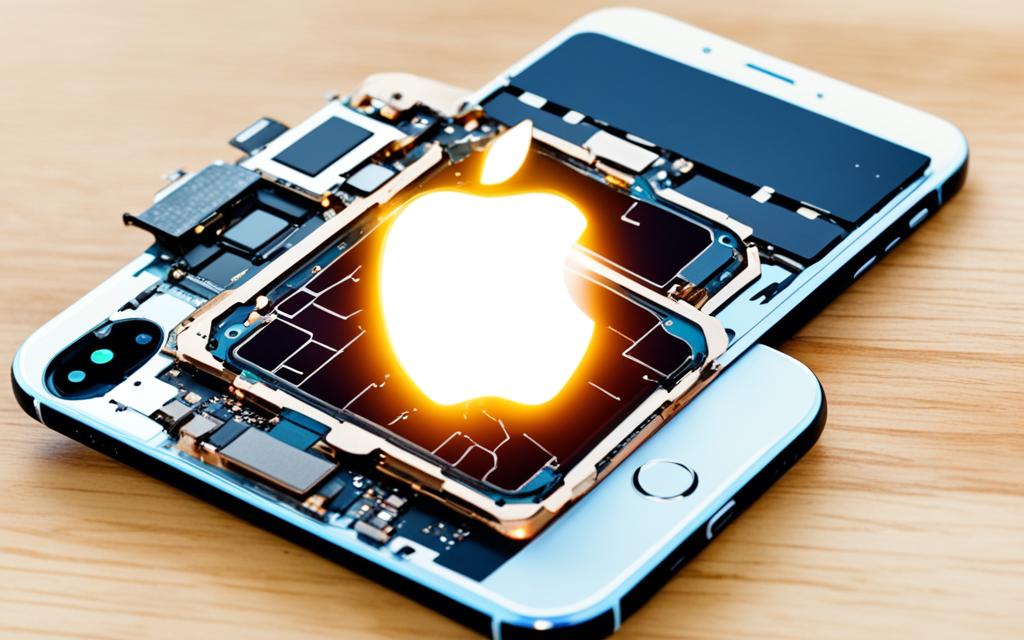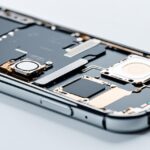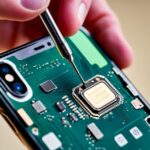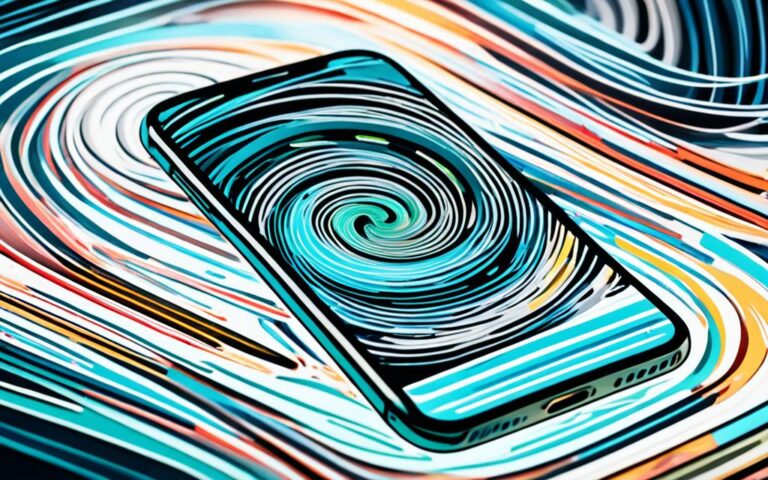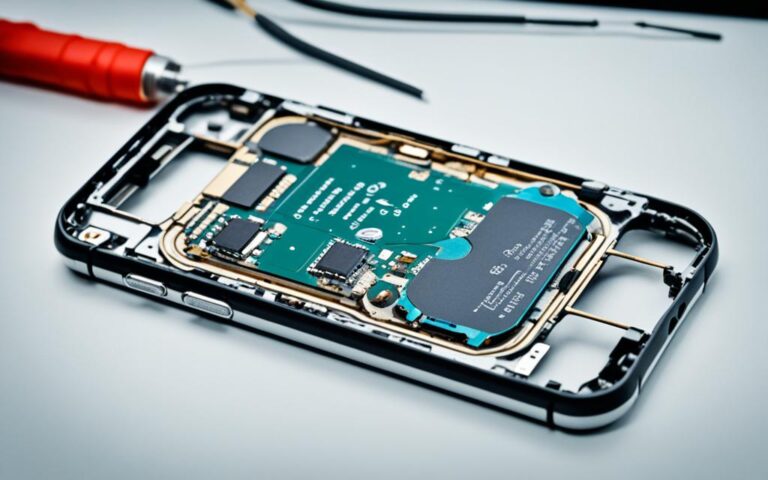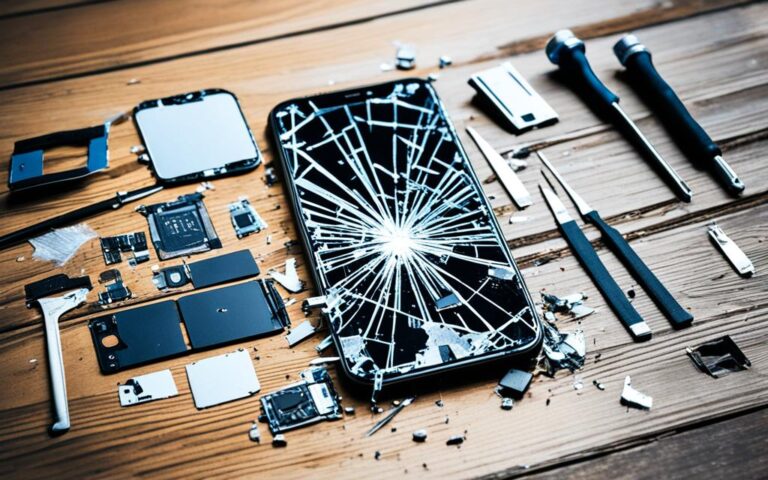Addressing iPhone Slowdowns with Hardware Fixes
Many iPhone users have reported experiencing lag, stuttering, and overall slow performance on their devices, specifically on the iPhone 14 Pro and Pro Max models. Users have observed that the issue worsens the longer the phone is running without a restart, and it affects not only the app switcher but also other functions of the device. This has led users to believe that the problem may be hardware-related, as it is specific to the iPhone 14 Pro models and does not occur on other iPhone models running the same iOS version. Despite attempts to resolve the issue through software updates and device replacements, the problem persists, indicating a need for Apple to acknowledge and address the issue.
If you’re experiencing slowdowns on your iPhone, particularly on the iPhone 14 Pro and Pro Max models, it’s important to explore potential hardware fixes to improve performance. In the following sections, we will discuss possible causes of these slowdowns and provide immediate steps to boost iPhone performance. Additionally, we will introduce a viable solution in the form of iOS system repair software that can address deeper software-related issues and optimize your iPhone’s performance.
Possible Causes of iPhone Slowdowns After Updates
When users update their iPhones to a new iOS version, they may notice a decrease in performance. This can be attributed to the new features and functionalities introduced in the update, which require more resources from the device. Additionally, older iPhone models may struggle to keep up with the demands of the updated software, leading to sluggish performance.
Over time, iPhones can also accumulate system cache, temporary files, and residual data from apps and processes, which can further impact performance. These accumulated files can clog up the system and slow down the device. To illustrate this, take a look at the table below which highlights the potential culprits that can contribute to iPhone slowdowns after updates:
Common Causes of iPhone Slowdowns System cache buildup Accumulated temporary files Residual data from apps and processes
By understanding these factors, users can take the necessary actions to effectively address and improve iPhone performance after updates. It is essential to regularly optimize the device by clearing unwanted files and data, as well as managing system resources. Performing routine maintenance can significantly enhance the overall performance of the iPhone and ensure a smoother user experience.
Remember, an optimized iPhone leads to a more enjoyable and efficient usage experience.
Immediate Steps to Improve iPhone Performance
If users are experiencing slow performance on their iPhones after an update, there are immediate steps they can take to improve the situation. These steps can help in boosting the iPhone’s overall performance and ensuring a smoother user experience.
Force Restart the iPhone
One of the first steps to consider is forcing a restart on the iPhone. This can help clear temporary glitches and improve the device’s responsiveness. To force restart an iPhone, users can follow these instructions:
- For iPhone 8 and later models: Press and quickly release the volume up button, then press and quickly release the volume down button, finally press and hold the side button until the Apple logo appears.
- For iPhone 7 and 7 Plus: Press and hold both the side button and volume down button until the Apple logo appears.
- For iPhone 6s and earlier models: Press and hold both the home button and side button until the Apple logo appears.
Close Non-Responding Apps
If certain apps on the iPhone are not responding or freezing, they can affect overall performance and drain the battery. It is recommended to close these apps to free up system resources. Here’s how users can close non-responding apps:
- On iPhones with Face ID: Swipe up from the bottom of the screen and hold to bring up the app switcher. Then, swipe left or right to locate the non-responding app and swipe it up and off the screen to close it.
- On iPhones with a home button: Double-press the home button to bring up the app switcher. Locate the non-responding app and swipe it up and off the screen to close it.
Manage iPhone Storage
Managing iPhone storage is crucial for optimal performance. Users should free up space and delete unnecessary files, as this can help improve overall device responsiveness. To manage iPhone storage:
- Go to Settings on the iPhone.
- Select General and then iPhone Storage.
- Review the apps and files using the most storage and delete any unnecessary items.
Check Background Apps and Processes
Background apps and processes can consume system resources and cause performance issues. It’s essential to check and limit their impact on the iPhone. Users can follow these steps to manage background apps:
- Go to Settings on the iPhone.
- Select General and then Background App Refresh.
- Review the list of apps and toggle off the ones that are not necessary for background activity.
Reset iPhone Settings
If the iPhone’s performance issues persist, resetting the device’s settings can help resolve any misconfigured settings that may be causing the slowdown. Users should note that this will not delete any personal data or media. To reset iPhone settings:
- Go to Settings on the iPhone.
- Select General and then Reset.
- Choose “Reset All Settings” and enter the device passcode if prompted.
- Confirm the reset and wait for the iPhone to restart with default settings.
By following these immediate steps, users can effectively improve their iPhone’s performance and enjoy a faster and more responsive device.
Always Viable Solution – Use iOS System Repair Software
If users have tried the immediate steps mentioned above and are still facing performance issues, they can consider using iOS system repair software such as Dr.Fone. This software can help address various iOS-related issues and optimize device performance. Users can follow the provided instructions to perform a standard repair, which ensures no data loss during the process. This approach is especially useful if the performance issues are caused by deeper software-related problems. By repairing the iOS system, users can potentially fix the issues and improve their iPhone’s performance.
Benefits of Using iOS System Repair Software:
- Efficiently resolves iOS-related issues.
- Optimizes device performance.
- No data loss during the repair process.
- Addresses deeper software-related problems.
How to Use iOS System Repair Software:
- Download and install iOS system repair software like Dr.Fone.
- Launch the software and connect the iPhone to your computer.
- Follow the on-screen instructions to enter the device into recovery mode.
- Select the standard repair option.
- Wait for the repair process to complete.
- Once repaired, check if the performance issues have been resolved.
Testimonials:
“I was experiencing severe lag and slow performance on my iPhone after an update. I tried all the immediate steps, but nothing worked. Luckily, I came across Dr.Fone and decided to give it a try. The software repaired my iOS system and my iPhone is now running perfectly. Highly recommended!”
– Sarah, iPhone user
Comparison of iOS System Repair Software
| Features | Dr.Fone | iMyFone Fixppo | Tenorshare ReiBoot |
|---|---|---|---|
| Repair iOS system issues | ✓ | ✓ | ✓ |
| No data loss | ✓ | ✓ | ✓ |
| User-friendly interface | ✓ | ✓ | ✓ |
| Compatible with latest iOS versions | ✓ | ✓ | ✓ |
Conclusion
Dealing with slowdowns and performance issues on iPhones can be incredibly frustrating. However, there are a number of steps that users can take to address and improve the situation. By understanding the possible causes of iPhone slowdowns, including hardware limitations and accumulated data, users can better determine the most suitable solutions.
Immediate steps such as force restarting the device, managing storage, checking background apps, and resetting settings can significantly contribute to improving overall performance. These actions can help optimize system resources and ensure a smoother user experience on iPhones.
In cases where the aforementioned steps do not resolve the performance issues, utilizing iOS system repair software like Dr.Fone can provide a viable solution. Dr.Fone is designed to tackle various iOS-related problems and can help optimize device performance. By following the provided instructions, users can repair their iOS system without the risk of data loss, potentially resolving underlying software-related issues.
By taking these proactive actions, users can effectively enhance the performance of their iPhones, allowing for a seamless and enjoyable user experience. With a better understanding of the causes and solutions to iPhone slowdowns, users can confidently make adjustments to optimize their device’s performance and overall functionality.
